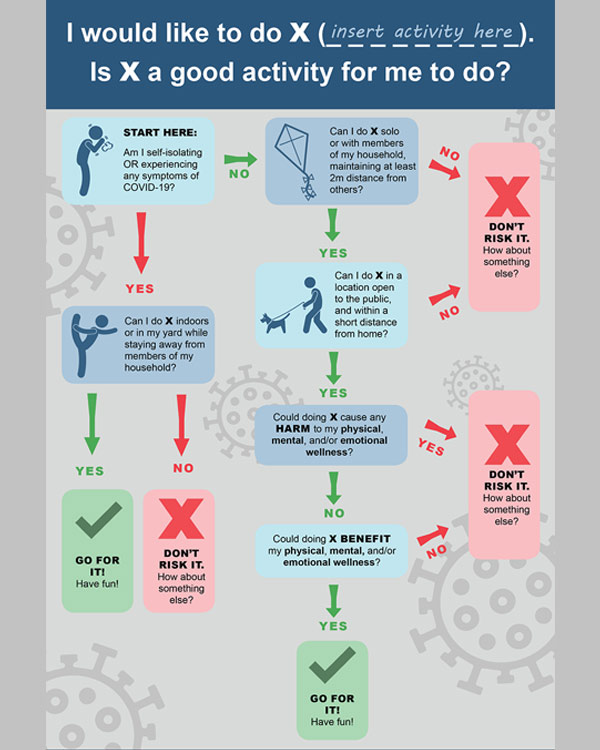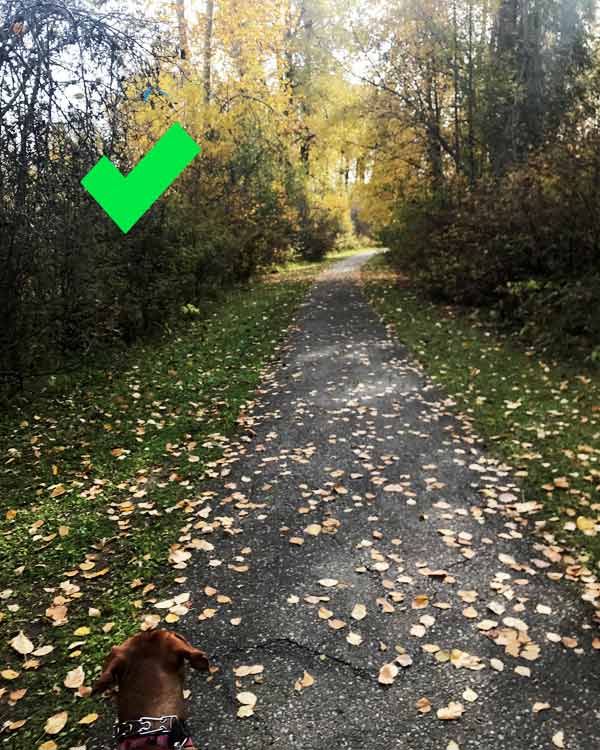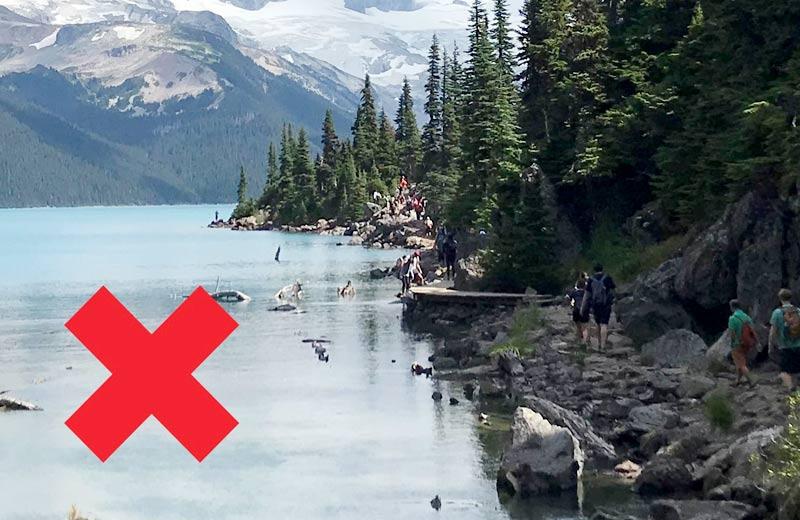As the weeks of physical distancing go by, we may be feeling any number of things:
- Stir crazy – “Get me out of this house and away from [insert housemate name(s) here]!”
- Sluggish – “May as well binge another season of [insert Netflix flavour of the week here].”
- Content – “I’m so glad my usual activities and obligations are off the table - now I can focus on self-improvement!”
- Confused – “I don’t even know what’s allowed and what’s not anymore!”
It’s possible we’re feeling a combination of the above, but I’m guessing we’ve all been confused at one point or another - and confusion combined with stir crazy can tempt us to engage in activities that go against public health recommendations.
Don’t lose hope – there’s still many fun and fulfilling things we can do while doing our part to flatten the curve and help conquer COVID-19! In fact, we’re being encouraged to be creative about ways we can stay active, connected to each other (but apart), and connected to nature. We just need to ensure the activity we’re considering isn’t going to put our health (or the health of others) at risk.
If you’re feeling confused about what’s okay to do, the following diagram can help you decide.

Let’s run through an example of an isolating person vs. one who isn’t isolating or symptomatic:
Example A: Jack – Self-isolating due to symptoms
Jack’s first priority is that he steers clear of all others, including housemates. Jack’s options for getting active include:
- Doing activities alone in his room (e.g., online yoga routine)
- Doing activities with others via technology such as FaceTime (e.g., live Zumba class or push up competition)
- Doing activities in his yard (e.g., walking, stretching, running around with the dog, etc.)
Because Jack is experiencing symptoms, he needs to listen to his body, recognizing when he needs to rest and recover rather than pushing himself. Rest and hydration are key to recovery!
Example B: Jill – Not in self-isolation and without symptoms
Jill can take part in all of the above and more. Jill is encouraged to get outdoors for exercise alone or with housemates, as long as:
- She stays at least six feet away from others
- The parks or trails she uses are open to the public
- She stays close to home
- She doesn’t choose activities that put herself or others at unnecessary risk

Tips:
A few things to keep in mind as you’re planning your next adventure:
- Check which local parks and trails are open to the public:
- In an effort to slow the spread of COVID, national and provincial parks, as well as playgrounds and many traditional gathering places have been closed. Provincial parks are now in the process of reopening, and many municipal parks (where physical distancing is easier) have remained open. As this is a constantly evolving situation, it’s recommended to double-check that the place you’re hoping to visit is currently open.
- We’re being asked to stay close to home for a few reasons:
- In many cases, this has to do with potential for crowding and the ability to keep facilities clean and safe for users.
- A less obvious reason involves each community’s health services. If you travel to another community and require care or unknowingly carry the virus, your visit places that community at a greater risk. There are so many beautiful trails throughout our Northern communities; stay local with your hikes!
- Before heading out for some “vitamin N” (nature), be prepared:
- Ensure someone knows your destination and when you plan to return.
- Bring bear spray, etc. and make noise while walking.
- Bring basic first aid equipment, snacks, and water.
- Choose activities that make you feel happy, energized, and/or relaxed!
- Whether you’re in Jill’s shoes or Jack’s, you must always remember to follow public health guidance to keep yourself and others safe (i.e., washing your hands, avoiding touching your face, sneezing or coughing into a tissue, etc.).
- If you have questions or think you may need to self-isolate, call the NH COVID-19 Online Clinic and Information Line: 1-844-645-7811, or HealthLink BC at 8-1-1 for advice.
Now is not the time to give up on the plans that you had made for yourself. Now is the time to get creative, adapt, and move forward in the best way you can. What are some of the activities that are helping you cope with our current situation?














Comments